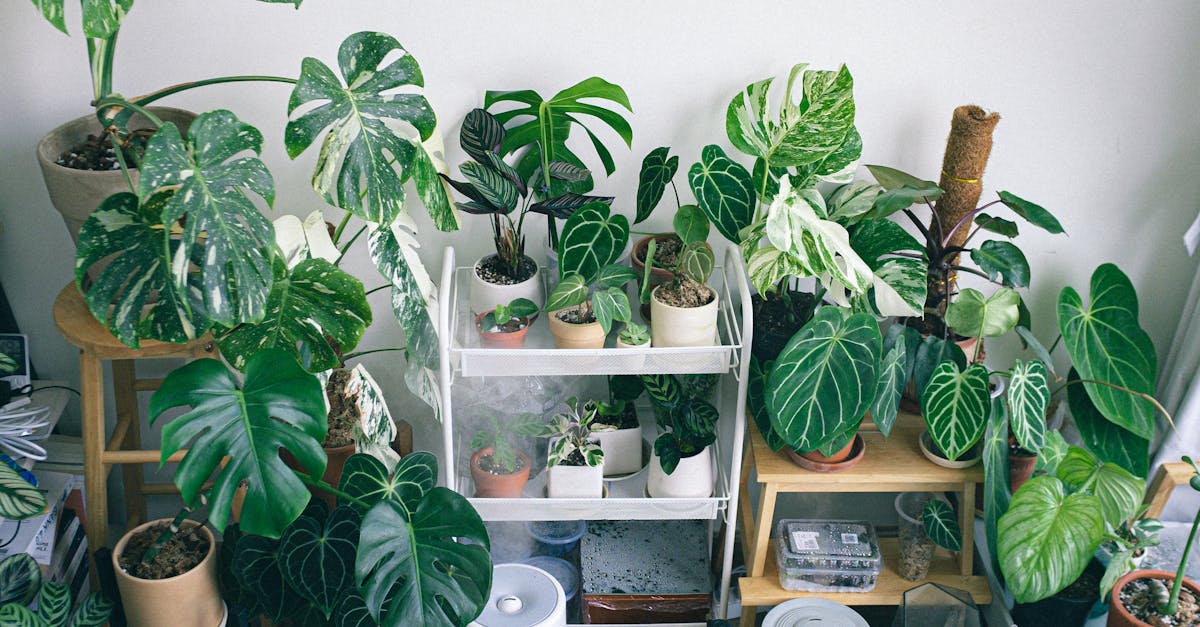Physical Address
304 North Cardinal St.
Dorchester Center, MA 02124
Physical Address
304 North Cardinal St.
Dorchester Center, MA 02124

If you’ve ever wondered whether a humidifier will leave your room feeling damp, you’re not alone. Many people turn to humidifiers to combat dry air, especially during colder months, but concerns about excess moisture can be confusing. Understanding how these devices work and their impact on your living space is key to making the right choice.
A humidifier adds moisture to the air, improving comfor
If you’ve ever wondered whether a humidifier will leave your room feeling damp, you’re not alone. Many people turn to humidifiers to combat dry air, especially during colder months, but concerns about excess moisture can be confusing. Understanding how these devices work and their impact on your living space is key to making the right choice.
A humidifier adds moisture to the air, improving comfort and potentially benefiting your health. However, if used improperly, it can lead to unwanted dampness. In this article, we’ll explore how to effectively use a humidifier without turning your room into a moisture trap. Get ready to discover the balance between comfort and humidity.

Humidity refers to the amount of moisture present in the air. Properly managing humidity levels enhances indoor air quality and overall comfort.
Humidity measures how much water vapor is in the air. It’s expressed as a percentage, with higher percentages indicating more moisture. Relative humidity, the current moisture level compared to the maximum moisture the air can hold at a given temperature, influences comfort. For example, 50% relative humidity means the air contains half of its potential moisture capacity.
Maintaining ideal humidity levels is crucial for comfort and health. Aim for a range between 30% and 50% relative humidity.
| Humidity Level | Effect |
|---|---|
| Below 30% | Causes dry skin, respiratory issues |
| 30% – 50% | Promotes comfort and health |
| Above 50% | Increases mold risk, discomfort |
By keeping humidity within this range, you enhance both comfort and the overall air quality in your space.
Humidifiers increase moisture levels in the air, improving comfort and indoor air quality. Understanding their types and mechanisms helps you use them correctly.
Humidifiers increase humidity by releasing water vapor. They draw water from a reservoir, which gets transformed into mist or steam and distributed into the room. Effective humidity control depends on several factors:
Using these mechanisms wisely helps prevent excess moisture, ensuring your environment stays comfortable.
Using a humidifier offers various benefits for your health and overall comfort. When used correctly, a humidifier can enhance your indoor environment significantly.
Humidifiers promote better health by alleviating common issues. They prevent dry skin, sore throats, and irritated sinuses, especially in winter months. Maintaining humidity levels between 30% and 50% reduces the likelihood of respiratory infections, as this range helps keep your nasal passages moist. Furthermore, humidifiers support better sleep by easing snoring and congestion, contributing to a more restful night. Studies indicate that proper humidity improves comfort for individuals with asthma and allergies, as it can reduce airborne allergens and irritants.
Humidifiers enhance comfort by creating an inviting atmosphere in your space. Proper humidity levels prevent static electricity and protect wooden furniture from cracking. You’ll also notice a significant improvement in air quality, as adequate moisture helps prevent dust accumulation and airborne pathogens. By regulating humidity, you can maintain a more pleasant environment, reducing the need for excessive heating during cold spells. Additionally, plants thrive with optimal humidity, improving aesthetic appeal and indoor air quality.
Using a humidifier has advantages, but excessive humidity poses its own set of challenges. Understanding potential downsides helps you maintain an ideal indoor environment.
Over-humidification occurs when humidity levels exceed 50%. This condition fosters mold growth, dust mites, and other allergens, which can worsen respiratory issues. You may also notice increased condensation on windows and walls, leading to potential structural damage. Regularly monitoring humidity levels with a hygrometer ensures you maintain the recommended range of 30% to 50%, preventing these health hazards.
Excess humidity can cause discomfort. You might experience a sticky or clammy feeling, especially in warmer months. Over-saturation of air can also impact your furniture and belongings. Wooden furniture may warp or split due to the moisture, while books and important documents may suffer damage. Managing humidity effectively protects your home’s structural integrity and keeps your indoor atmosphere comfortable, avoiding these adverse effects.
Using a humidifier safely helps maintain optimal humidity levels without creating dampness. Adhering to best practices ensures comfort and protects your indoor environment.
Monitor humidity levels regularly using a hygrometer. The ideal range is 30% to 50% relative humidity. If levels exceed 50%, reduce output or turn off the humidifier. Check moisture levels during peak usage times, especially in winter months or in enclosed spaces. Adjust settings as needed to maintain consistent humidity.
Position the humidifier in a central location, away from walls and furniture. Place it on a stable, elevated surface to prevent direct moisture contact with floors. Maintain the humidifier by cleaning it weekly to minimize the growth of mold and bacteria. Use distilled water when possible to reduce mineral buildup. Replace filters according to the manufacturer’s guidelines for optimal performance.
Using a humidifier can significantly enhance your comfort and health when used correctly. By maintaining humidity levels between 30% and 50% you can avoid the pitfalls of excess moisture that lead to dampness. Regularly monitoring your humidity levels with a hygrometer and adjusting your humidifier’s output accordingly is essential.
Remember to keep your humidifier clean and well-maintained to prevent mold and bacteria growth. With these practices in place you can enjoy the benefits of a humidifier without worrying about creating a damp environment. Your indoor air quality will improve and you’ll create a more inviting space for yourself and your loved ones.